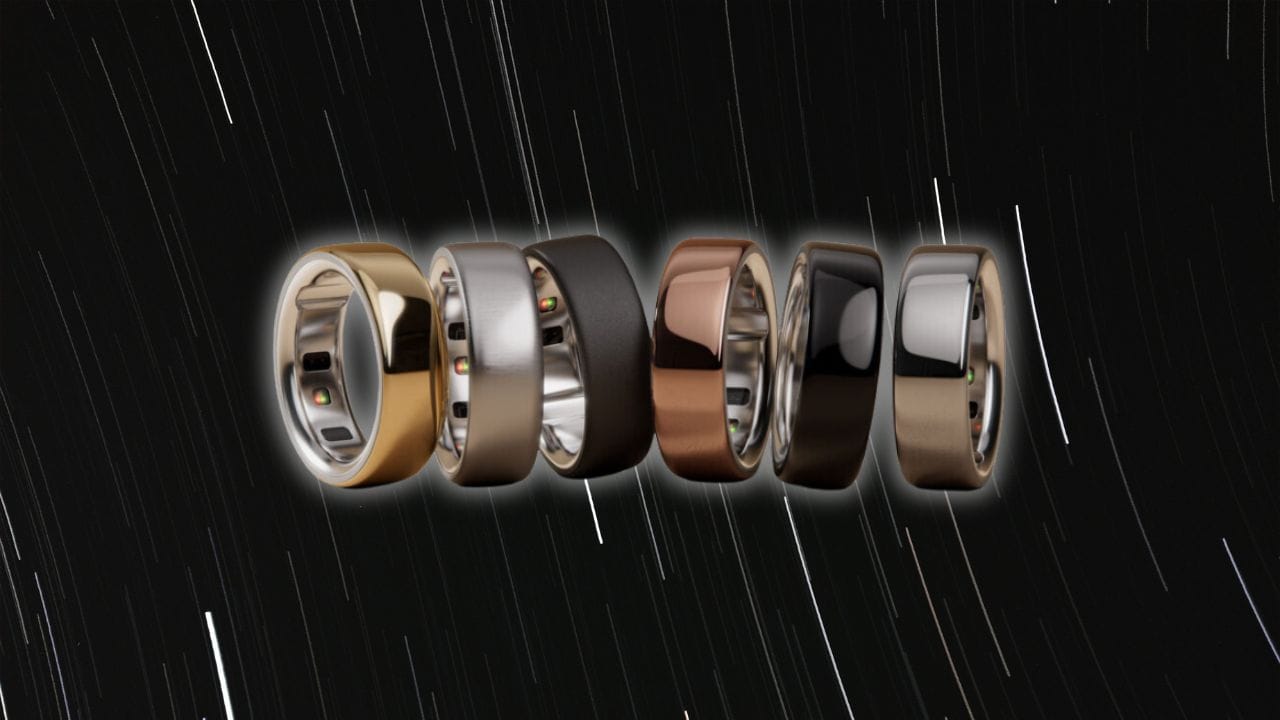We include links to products we think are useful for our readers. If you click and buy a product through one of the affiliate links on this page, we may earn a small commission. Please read our disclosure.
Quick Look at Oura Ring 4
Editor’s Rating:
Pros
- Sleek and stylish design.
- Accurate and detailed sleep tracking.
- Tracks a wide range of health metrics.
- Lightweight and comfortable for daily wear.
- Durable and water-resistant.
- Integrates well with health apps like Apple Health.
Cons
- Sizing can be tricky, even with the kit.
- Requires a $9 AUD monthly subscription for full features.
- Battery life may not reach the advertised 7-8 days with heavy use.
- Limited color and design options.
- Expensive upfront cost.
My Thoughts on the New Oura Ring 4
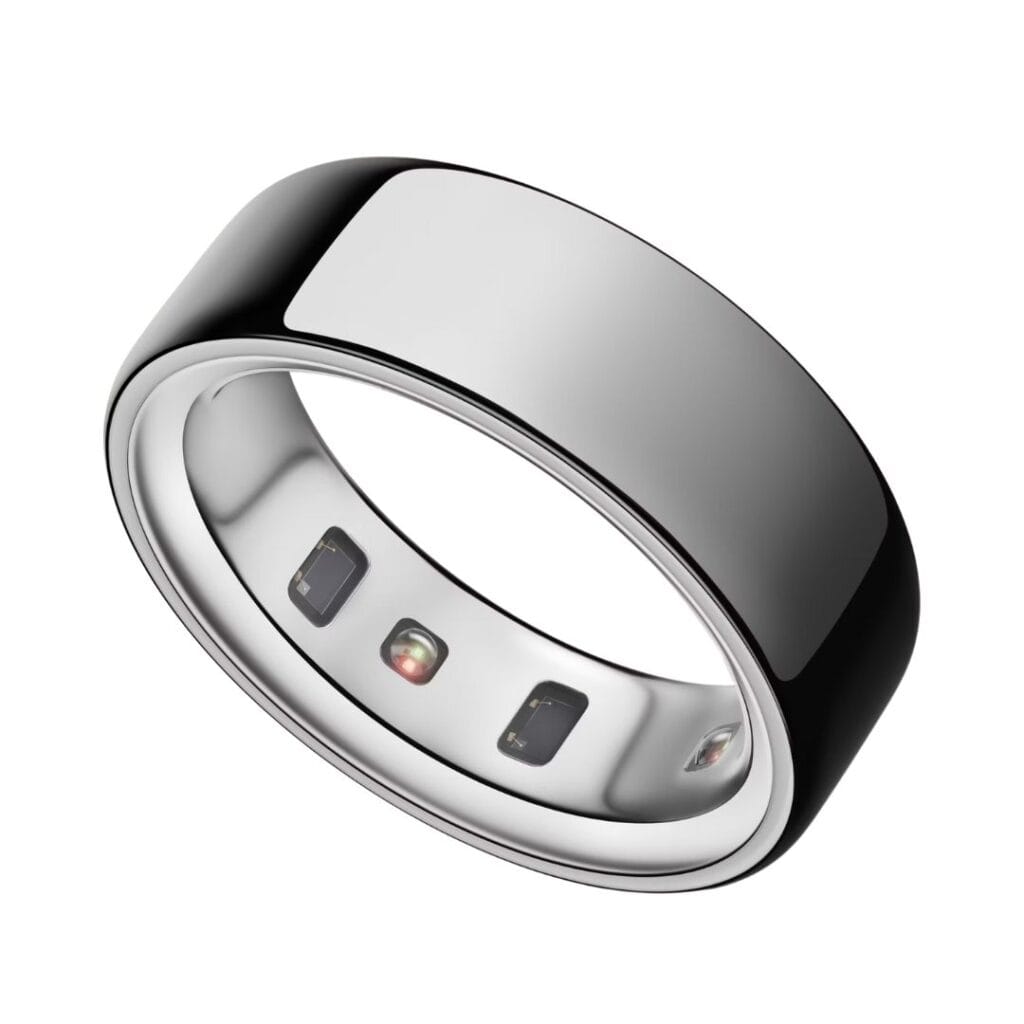
A detailed health tracker offering over 30 biometric features, available in six finishes like Rose Gold and Stealth, with sizes from US 4 to 15.
Priced at 349 USD plus a 5.99 USD/mo subscription.
The Oura Ring Gen 4 has been out recently around October 2024 and I have to say I have mixed thoughts about it.
I’ve been using the Oura Ring since its Gen 3 days, and honestly, I was impressed. It felt like a step forward in wearable health tech—sleek, comfortable, and packed with useful features. So, when the Gen 4 was announced back in October 2024, I was genuinely excited to see what it could bring to the table. I hoped it would build on everything I already loved while addressing some of the minor annoyances from the previous version.
Now that I’ve had the Gen 4 for a couple of months, I feel like I’ve gotten to know it pretty well. It’s been tracking my sleep, activity, and even those stressful moments during a packed day. While it’s familiar in many ways, there are a few things I didn’t expect—both good and not-so-good.
If you’re curious about whether it’s worth the upgrade or your first Oura purchase, here’s my honest take after a couple of months of wearing it daily.
Oura Ring 4 looks great, feels… okay?
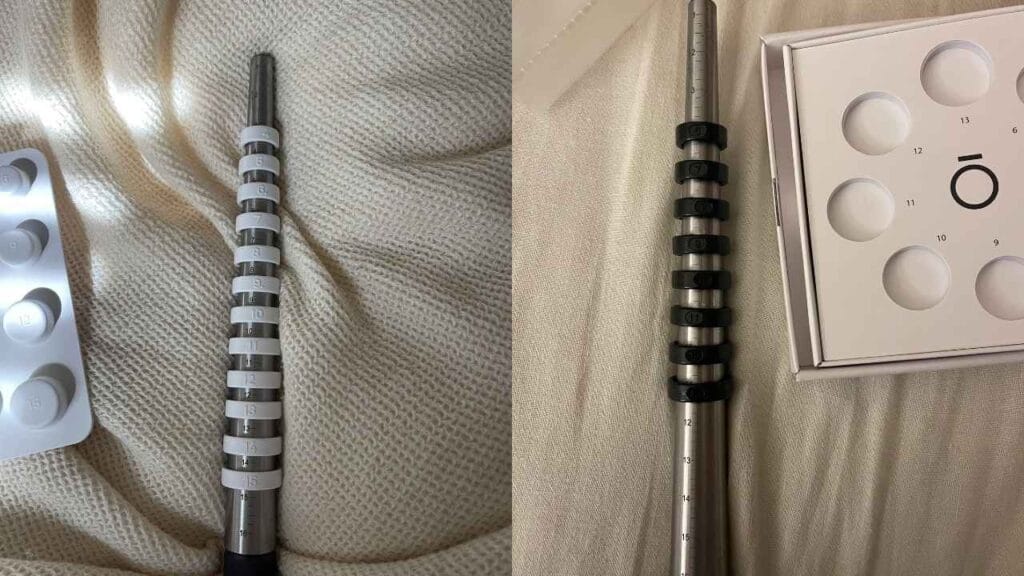
One thing I’ve always loved about the Oura Ring is how good it looks. The Gen 4 keeps that same minimalistic, polished design I appreciated in the Gen 3. It doesn’t scream “tech” or look out of place, whether I’m in workout gear or dressed up for an evening out. I got mine in silver, and it’s subtle enough to go with everything but still feels stylish.
But let’s talk about comfort because that’s where things got tricky for me this time around. With the Gen 3, I remember the sizing process being pretty smooth. This time, though, I found the sizing kit a bit frustrating. Even after carefully picking what felt like the right size, the ring initially felt slightly too snug. After a couple of weeks, it became more comfortable, but the adjustment period wasn’t exactly seamless.
The Gen 4 rings tend to run about half a size larger than standard US ring sizes. For example, an Oura size 15 is roughly equivalent to a US size 14.5, and an Oura size 10 is around a US size 9.5. In comparison, the Gen 3 rings were about 1.75 sizes larger than their US counterparts—so an Oura size 14 was closer to a US size 11.25, and an Oura size 10 was about a US size 8.25. This difference seems to come from how the Gen 3 sensor bumps were positioned, which offered a bit more flexibility in sizing compared to the Gen 4, at least in my experience.
Once I got used to wearing it, though, it felt lightweight and non-intrusive most of the time. There were moments, like during workouts or typing for long periods, when I noticed it more than I expected. Honestly, it’s a lot better than the Gen 3, probably due to its receded smart sensing tech. The ergonomics seem to have changed but I’m still unsure about it.
Performance is still top-tier
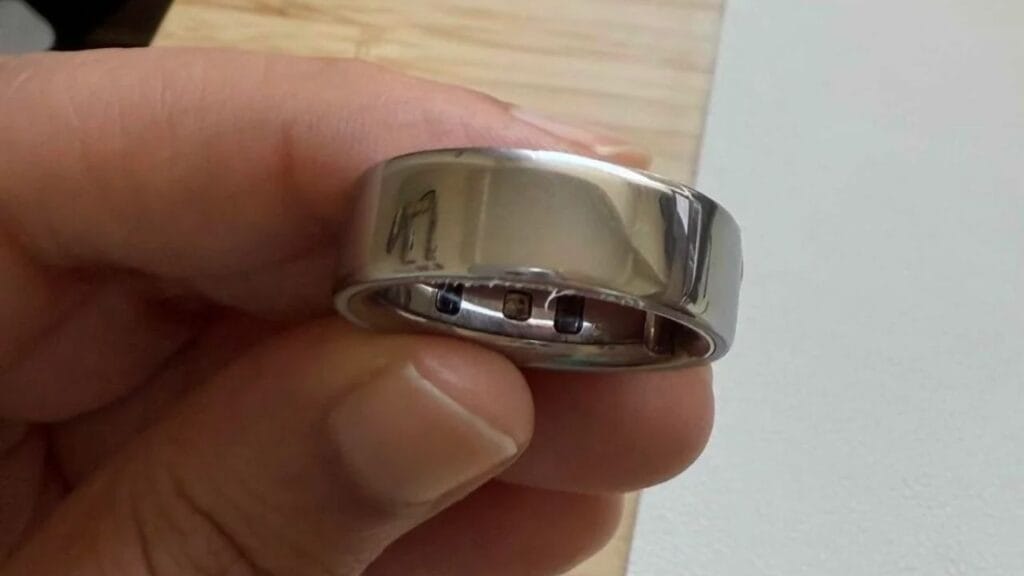
One of the biggest reasons I stuck with the Oura Ring after Gen 3 was its tracking accuracy. Sleep tracking, in particular, has always been its standout feature for me. With the Gen 4, I was eager to see how it had improved—especially with the introduction of new metrics like blood oxygen monitoring.
I’ll say this: when it’s on point, it’s really impressive. The sleep insights feel incredibly detailed. It breaks down my sleep stages, shows when I’m restless, and even tracks trends over time. Seeing how my sleep correlates with my daily energy has been a game-changer for understanding my habits. It’s like having a quiet little coach that nudges me to go to bed earlier or wind down better.
That said, it’s not perfect. There were nights when I knew I woke up multiple times, but the ring reported I had a “deep and restful” sleep. Similarly, during particularly active days, the activity tracking sometimes felt like it over-credited me for calories burned or steps taken. These moments didn’t happen often, but they were enough to make me question some of the data.
What stood out to me most, though, was the stress tracking. It’s a feature I wanted to love, but I’m still figuring out how reliable it is. Some days, it matched how I felt perfectly—high stress during back-to-back meetings, for instance. Other times, it marked my stress as low on days I felt completely overwhelmed. I think this is where the tech still has room to grow.
The Oura app continues to be a big highlight for me. It’s clean, intuitive, and provides a nice breakdown of metrics like readiness and sleep scores. I love how it integrates with other apps, like Apple Health, which keeps all my health data in one place. It’s especially helpful for workouts, where the ring tracks my activity and gives me a clearer picture of how much I’m moving each day.
What's that red light on Oura Ring?
If you’ve noticed a red light glowing from your Oura Ring, don’t worry—it’s not malfunctioning. That red light comes from the ring’s infrared (IR) sensors, which play a crucial role in monitoring your body. These sensors use the light to measure your heart rate, blood oxygen levels, and other vital metrics.
The red light is most commonly visible when the ring is tracking your heart rate variability (HRV) or blood oxygen saturation (SpO2). This often happens during sleep, as the ring collects data to provide detailed insights about your recovery and overall health. The red light is particularly effective because it penetrates the skin deeper than other light wavelengths, making it ideal for gathering accurate physiological data.
You’ll typically see the red light when the ring detects low movement, like when you’re still in bed. If it’s catching your eye or feels distracting, you can adjust its tracking settings in the Oura app.
Battery life was a mixed bag
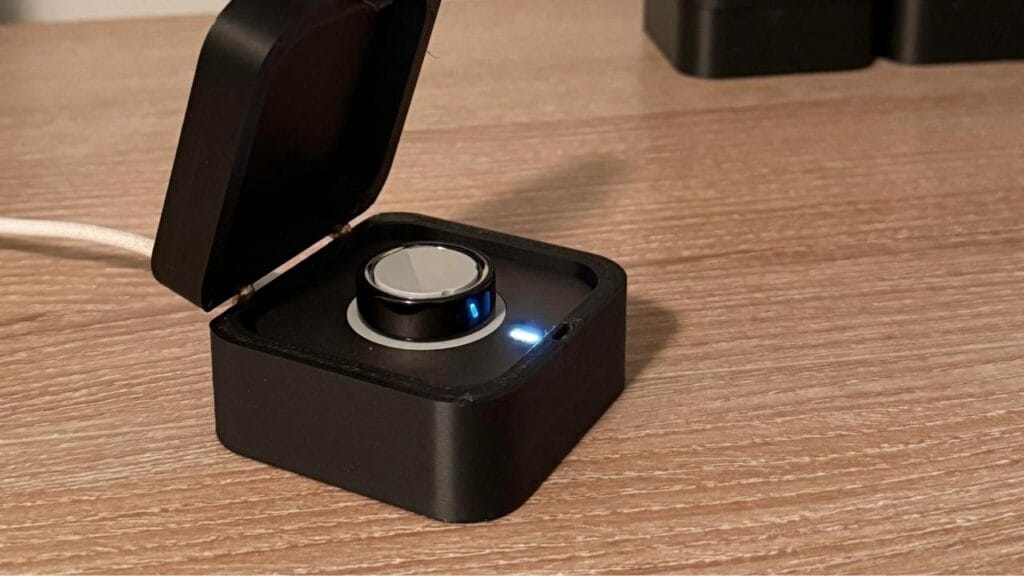
Battery life was one of the things I hoped would improve with the Gen 4. The Gen 3 wasn’t bad, but it often felt like I was charging it more than I wanted to—especially when I was tracking my sleep and activity daily. With the Gen 4, Oura promises up to 7-8 days of battery life, which sounded like an upgrade I could get behind.
In practice, though, it’s been a little hit-or-miss. During the first couple of weeks, the battery seemed to hold up well, lasting about six days on average. However, as I started using all the new features, like continuous heart rate monitoring and blood oxygen tracking, that number dropped closer to five days. It’s not a dealbreaker, but I do wish the battery was more consistent.
Charging itself is easy enough—just pop it onto the charger, and it’s good to go in about an hour. Still, I found myself timing it carefully to avoid interrupting its ability to track my sleep. That’s one thing I didn’t love: if you forget to charge it during the day, you might miss a night of tracking.
How much is the Oura Ring Gen 4?
The Oura Ring Gen 4 starts at 349 USD, and if you want to unlock all its features, there’s a $5.99 monthly subscription. I’ll admit, at first, I thought, “That’s a lot for something so tiny.”, and most of its competitors only offer one-time purchases. But after looking closer at what it does, it started making sense.
Yeah, I get it, subscriptions can be annoying. But it’s what gives you those extra detailed insights that make a difference. If you’re trying to tweak your routine or get serious about your health, that $5.99 might feel more like a small investment than an expense.
The Oura Ring Gen 4 is still the king of smart rings

Honestly, I’d give this a 4.7/5.0 rating.
Priced at 349 USD plus a 5.99 USD/mo subscription.
After wearing the Oura Ring Gen 4 for a couple of months, I have mixed feelings. It’s undeniably one of the best smart rings out there, and it delivers a lot of useful insights—especially when it comes to sleep and overall readiness. The detailed metrics and seamless app integration make it a great tool for anyone who wants a closer look at their health trends.
That said, it’s not without its frustrations. The subscription fee adds to the cost, and while the insights are valuable, it feels like something that should be included in the initial purchase price—especially considering the $549 AUD price tag for the ring itself.
But it’s still a good buy, nonetheless. If you’re from Australia, you can directly buy the Oura Ring Gen 4 on their official website or on Amazon.

